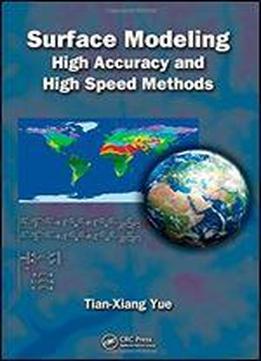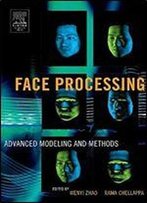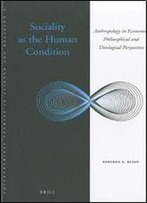
Surface Modeling: High Accuracy And High Speed Methods
by Tian-Xiang Yue /
2011 / English / PDF
19.1 MB Download
Although GIS provides powerful functionality for spatial analysis, data overlay and storage, these spatially oriented systems lack the ability to represent temporal dynamics, which is a major impediment to its use in surface modeling. However, rapid development of computing technology in recent years has made real-time spatial analysis and real-time data visualization become realizable. Based on newly developed methods, Surface Modeling: High Accuracy and High Speed Methods explores solutions to big-error and slow-efficiency problems, two critical challenges that have long plagued those working in with geographical information system (GIS) and computer-aided design (CAD). By developing high accuracy and high speed methods for surface modeling, the book builds a bridge between the mathematical-oriented theory of surface modeling and the user-oriented application where the user is actually able to retrieve information on the method itself. The author examines a novel method of high accuracy surface modeling (HASM) in terms of the fundamental theorem of surfaces. He then analyzes the coefficient matrix and develops an adaptive method of HASM (HASM-AM), a multi-grade method of HASM (HASM-MG), and an adjustment method of HASM (HASM-AD). He uses numerical tests and real world studies to demonstrate that HASM-AM, HASM-MG, and HASM-AD have highly accelerated computational speed, especially for simulations with huge computational work. Building on this, the book discusses a HASM-based method for dynamic simulation (HASM-FDS), and then applies HASM methods to simulate terrains, climate change, ecosystem change, land cover, and soil properties. It demonstrates HASM's potential for simulating population distribution, human carrying capacity, ecosystem services, ecological diversity, change detection, and wind velocity. The book concludes with a discussion of the problems that exist in surface modeling on a global level and evaluates possible solutions to these problems.











